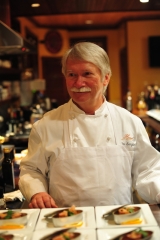
Who Are Your Benchmarks?
“If you’re any good at all, you know you can be better.” Lindsay Buckingham

“If you’re any good at all, you know you can be better.” Lindsay Buckingham
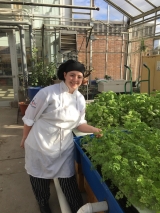
Integrating environmental sustainability into every curriculum phase earned Kent Career Technical Center the Green Award.
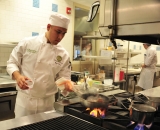
Victor Hugo Perez won the prestigious Hans Bueschkens Young Chef Challenge in Quito, Ecuador. He now competes for the world title in Athens, Greece.

Fresh and nutritious fruit is available year round thanks to global transportation. Educators are teaching that seasons don’t dictate what’s in season.
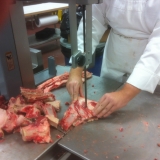
A meat fabrication workshop taught students how to take a steer from hindquarter and forequarter sections to primal cuts to cooked porter house steak.

Top American and French chefs share their insight and experience when highlighting how classic desserts are resurfacing, often with different presentations. And, why that is important to chef educators.

Kendall College is inserting classic American cuisine instruction throughout its culinary program and dining spaces. Tuna-noodle casserole, anyone?
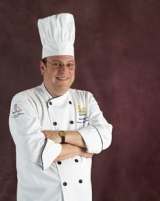
Students need to embrace new tastes and textures but often resist. Chef Weiner explains new avenues to broadening taste horizons and increasing flavor diversity.
By Chef Adam Weiner, CFSE
Last December I wrote “Fun and Profit with Gingerbread.” This year I would like you to consider using the holidays as a way to teach finicky students to taste outside their comfort zones.
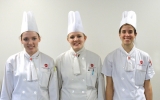
Students and staff representing Baker College of Port Huron’s Culinary Institute of Michigan (CIM) have distinguished the program by earning medals at recent American Culinary Federation (ACF) competitions in Michigan and Ohio. All CIM students and staff who competed medaled.

Move over home-style Chicken and Waffle. Contemporary, Asian-inspired Duck and Waffle dishes have claimed the top two prizes in the Maple Leaf Farms 2015 Discover Duck Chef Recipe Contest.